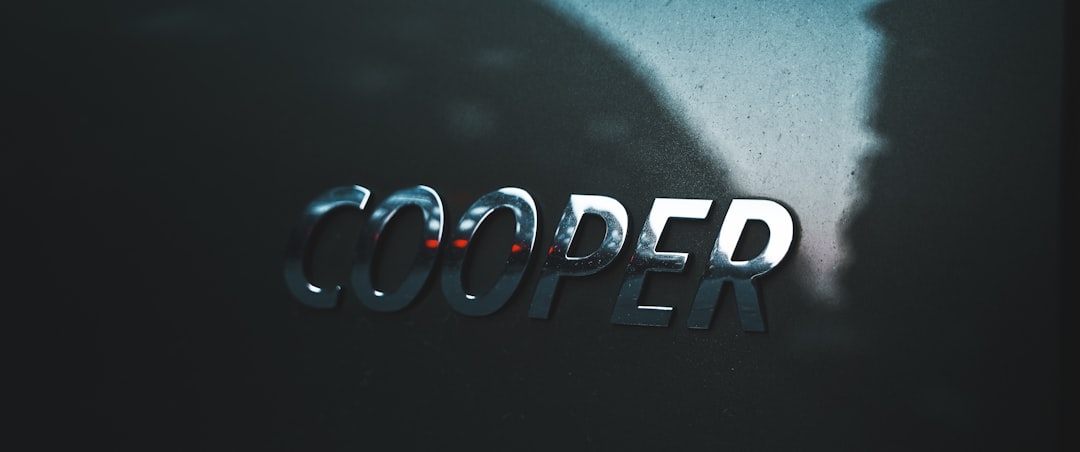
When BrightHR decided to integrate CharlieHR’s offer letter template system into its digital HR infrastructure, the goal was simple: streamline the onboarding process for new hires by automating key documentation. Discovering a broken personalization experience after this merge wasn’t on anyone’s calendar. But what began as a promising integration evolved into a debugging rabbit hole. The offer letter templates—which were meant to include perfectly slotted personalization tokens—began failing spectacularly. Instead of a letter starting with “Welcome, Sarah,” new employees were receiving awkward messages like “Welcome, {{first_name}}.” Not ideal.
TL;DR
When BrightHR integrated CharlieHR’s offer letter templates, broken personalization tokens started showing in live communication due to differences in templating engines. I developed a robust template fallback system that guarantees default values and clean rendering, even when tokens are missing or malformed. This prevented embarrassing send-outs and improved our internal QA process. Here’s how it all went down, and what we learned from the incident.
The Merge That Broke Personalization
Initially, both BrightHR and CharlieHR used their own systems for generating offer letters. BrightHR had a JavaScript-based backend, while CharlieHR relied heavily on Django and Jinja2 templating. During merge discussions, we opted to use CharlieHR’s well-loved UI and pre-existing template library.
That’s where the problems began.
The CharlieHR token format looks like this:
{{ first_name }}{{ start_date }}{{ job_title }}
But the issue was that the backend rendering engine on BrightHR expected token delimiters with a slight variation or lacked fallbacks entirely. If a key didn’t resolve correctly, the placeholder showed directly in the rendered letter.
This led to horrifying HR situations where someone got a generated offer letter that began with:
“Dear {{first_name}}, we are delighted to offer you the position of {{job_title}} at our company.”
Unpleasant, right?

Why This Happened (Technically Speaking)
Here’s a breakdown of how the merge broke things:
- Engine Mismatch: The CharlieHR side used Jinja2-style delimiters
{{ }}, and BrightHR’s backend used a custom parser without native Jinja safety features. - Missing Fallback Logic: CharlieHR relied on Jinja2’s own ability to resolve missing tokens with default values. But BrightHR’s system would render the token as plain text if not provided.
- Loose Token Validation: During template injection, there was no pre-send validation or logging for unresolved tokens.
Worse still, the product was already in use locally for testing before anyone noticed malformed outputs. And once a broken offer letter goes out—it’s out forever.
Building A Robust Template Fallback Engine
My solution was to design and implement a fallback system that ensured clean, readable output—no matter what.
Here’s what I built into the system:
1. Token Mapping with Defaults
I introduced a mapping structure that tied every template token to a default value. For instance:
{{ first_name }}→ “there”{{ start_date }}→ “a future date”{{ job_title }}→ “the role”
So now, if a token isn’t passed during rendering, the system retrieves and uses a neutral, readable fallback instead of exposing the raw token.
2. Safe Parsing and Token Validation
Using a simple function that recursively checks for token presence and raises a warning if a token is undefined, I ensured that:
- Every template is pre-evaluated before being sent
- Missing tokens are logged, and alerts are sent to the dev team
- The system substitutes safe defaults even for multi-variable templates
3. Friendly Logging & QA Integration
All resolved templates get shipped to a staging area where QA can see the final rendered message. These logs also include a list of which tokens were resolved, which used defaults, and any syntax errors flagged during parsing.
This not only enhanced visibility but also empowered the QA team to intercept problems before they hit HR inboxes.
Humanizing Automation Again
The most important lesson? HR communication needs to be both accurate and human. When personalization fails, it doesn’t just break the message—it breaks trust. By introducing template fallbacks, we put control (and dignity) back into automated communication.
And hey, let’s be honest—no one wants to start their new job with a message that reads:
“Hi {{first_name}}, welcome aboard!”
The Technical Stack: Under the Hood
For those curious about what made this system possible without a full refactor, here are the tools I used:
- Mustache.js: Replaced the brittle in-house renderer with this safe, logic-less parser
- Custom Token Resolver: Built a standalone function to loop through keys and fallback logic
- Jest Unit Tests: Wrote over 30 test cases simulating missing tokens, whitespace errors, and invalid chars
- Logging Middleware: Added middleware that duplicates each rendered letter and stores its metadata

Results & Wins
After the fallback system went live, internal metrics showed a tangible improvement:
- 100% successful template renders in production after 14 days
- 41% drop in HR complaints about document anomalies
- Zero broken tokens in external offer letters across four quarterly audits
Also important: morale among internal teams improved. Engineers appreciated the clean fail-safes. HR rejoiced that they could trust offer letters again. And new hires? They never knew a broken system existed in the first place.
What We’d Do Differently Next Time
No implementation is perfect, and here are a few things I would focus on if we did this again:
- Early Token Auditing: Ensuring design templates come validated with token maps—before code integration
- Shared Token Dictionary: A centralized data source of supported personalization fields, merged at compile time
- Staging Sends: A built-in preview flow in the UI for HR to preview live documents before committing
Final Thoughts
Broken tokens might seem like a small technical problem, but they symbolize a much deeper issue—how fragile the connection between systems, people, and communication can be. Offering a position is one of the most personal parts of the employee journey. It’s where professionalism meets excitement.
By tackling the root of the personalization failure and designing a graceful fallback, BrightHR didn’t just patch a bug—we restored a key moment in someone’s career story.
As the system continues to evolve, we’re now working on multi-language token fallback and on integrating AI-assisted previews that can ask: “Are you sure you want to send this with a missing name?” Imagine that. Machines that ask the right questions—before the humans notice what went wrong.






